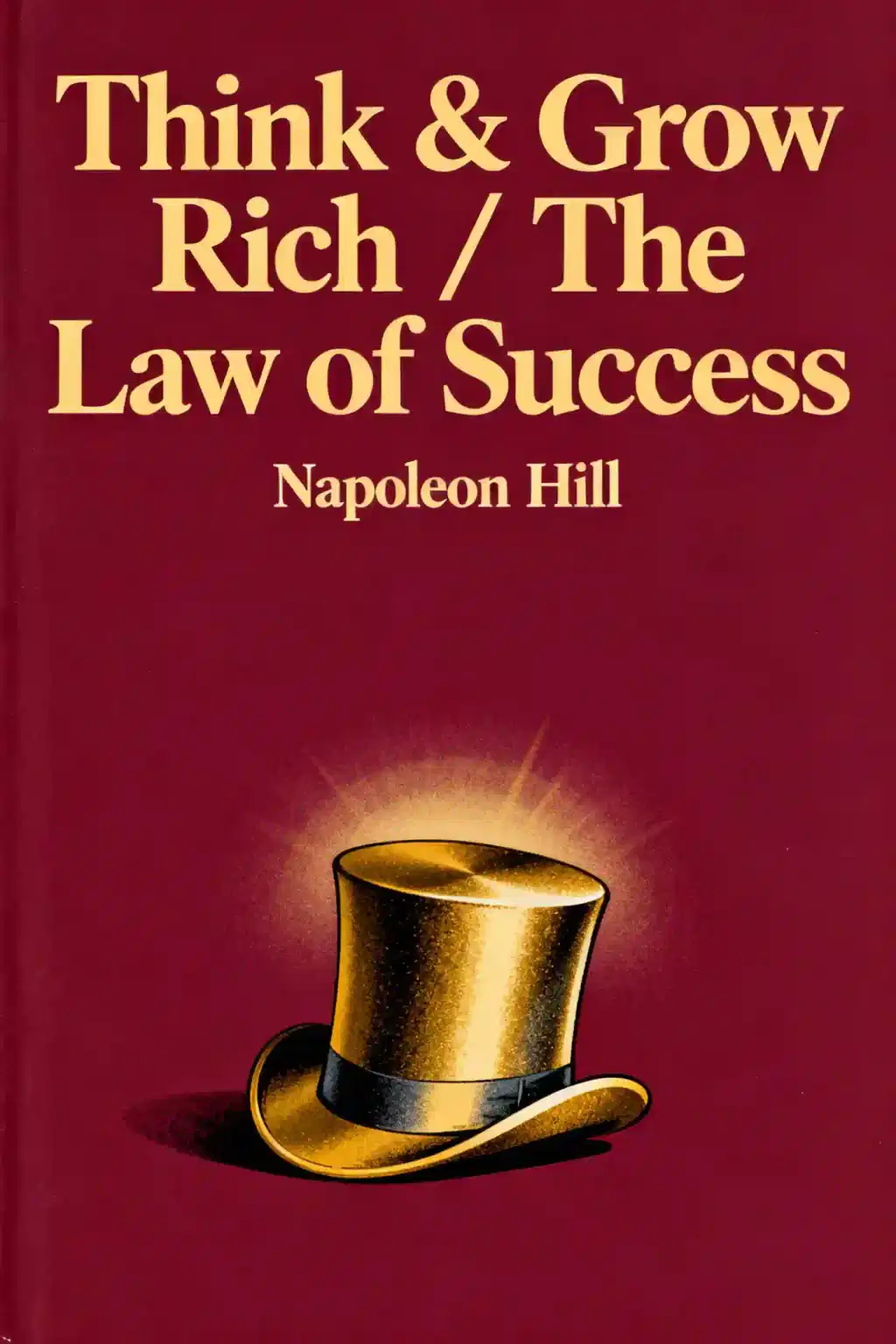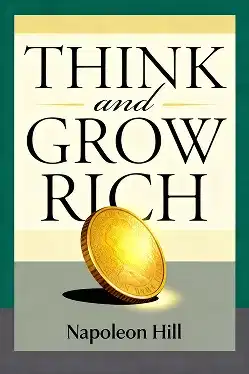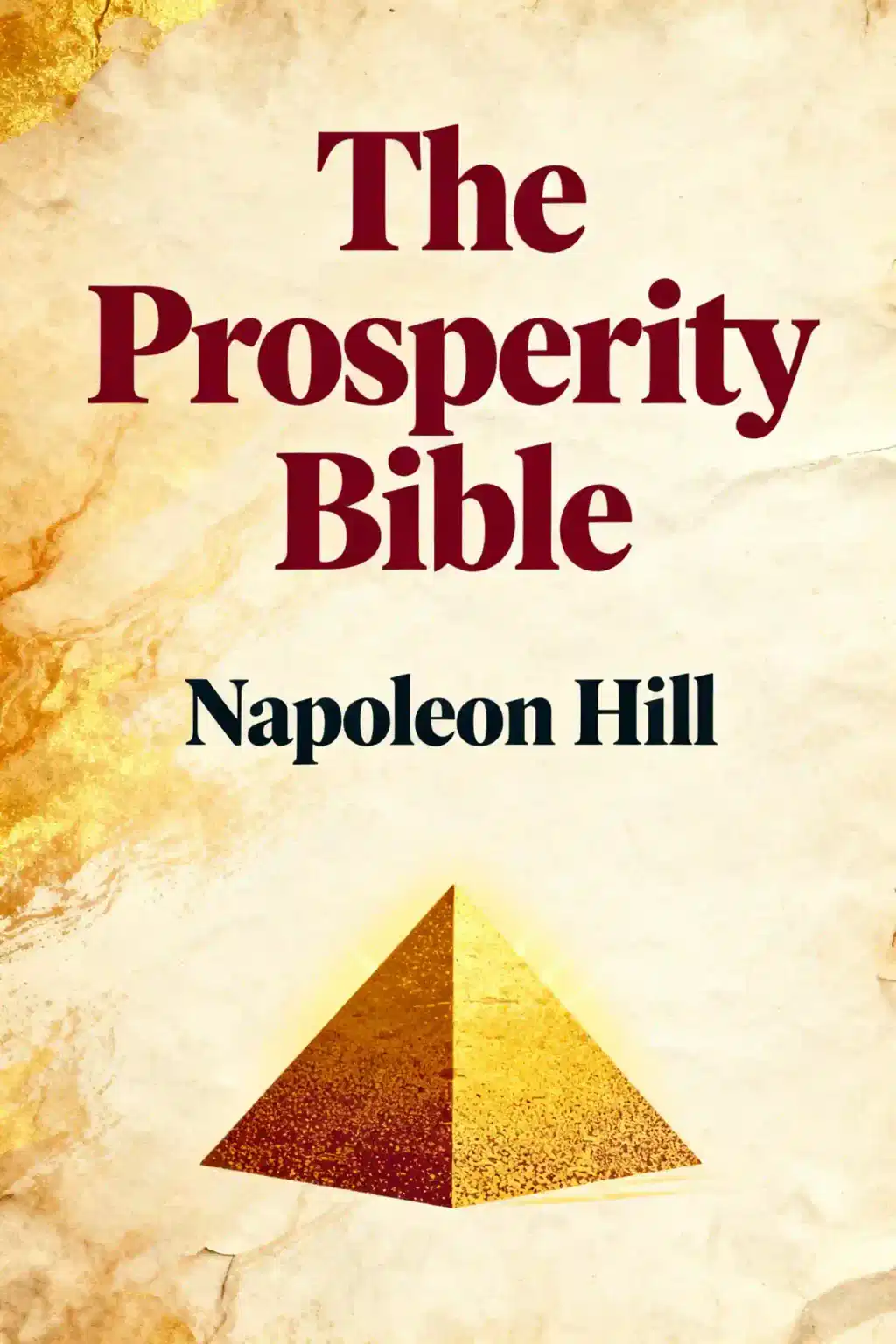What is
Your Right to Be Rich about?
Your Right to Be Rich by Napoleon Hill outlines 17 principles for achieving financial success and holistic fulfillment, emphasizing mindset shifts like Definiteness of Purpose, the Mastermind Principle, and Applied Faith. The book teaches readers to align conscious goals with subconscious beliefs, arguing that wealth stems from disciplined action and emotional commitment to one’s vision.
Who should read
Your Right to Be Rich?
Aspiring entrepreneurs, career-driven professionals, and self-help enthusiasts seeking actionable strategies for financial freedom will benefit most. Hill’s principles appeal to those open to reprogramming limiting beliefs and building collaborative networks for success.
Is
Your Right to Be Rich worth reading in 2025?
Yes—its focus on mindset, goal-setting, and resilience remains relevant in modern contexts like remote work and AI-driven industries. The book’s timeless advice on overcoming adversity and cultivating “wealth consciousness” aligns with 21st-century personal development trends.
What are the key principles in
Your Right to Be Rich?
- Definiteness of Purpose: Clarify and commit to specific goals.
- Mastermind Principle: Leverage collaborative networks for amplified success.
- Applied Faith: Pair belief with consistent action.
- Subconscious Alignment: Reprogram mental habits to attract wealth.
How does the
Mastermind Principle work in
Your Right to Be Rich?
Hill advocates forming strategic alliances with like-minded individuals to share knowledge, resources, and accountability. This synergy creates solutions greater than solo efforts, fostering innovation and mutual growth.
What is the
Definiteness of Purpose principle?
A clear, emotionally charged goal acts as the foundation for achievement. Hill stresses creating a detailed action plan and maintaining relentless focus, as ambiguity undermines progress.
What are the main quotes from
Your Right to Be Rich?
- “Wealth is a consciousness—it’s a state of mind.”
- “You don’t get what you want; you get what you are.”
These highlight Hill’s belief that internal mindset determines external success.
How does
Your Right to Be Rich compare to
Think and Grow Rich?
While both emphasize mindset and goal-setting, Your Right to Be Rich delves deeper into subconscious reprogramming and collaborative strategies, whereas Think and Grow Rich focuses on desire and persistence.
Can
Your Right to Be Rich help with career development?
Absolutely. Its principles—like creating actionable plans and building mentor relationships—apply to career advancement, salary negotiations, and entrepreneurial ventures.
What criticisms exist about
Your Right to Be Rich?
Some critics argue Hill’s anecdotes lack verifiable sources and that his strategies oversimplify systemic barriers to wealth. Others note his focus on individualism may neglect communal support systems.
How does
Your Right to Be Rich address the subconscious mind?
The book teaches readers to align conscious goals with subconscious beliefs through affirmations, visualization, and habit-building. Hill argues lasting success requires rewiring deep-seated mental patterns.
What does
“wealth consciousness” mean in the book?
It refers to adopting a mindset where abundance feels inevitable. By embodying confidence, gratitude, and purpose, individuals attract opportunities aligned with their financial goals.














